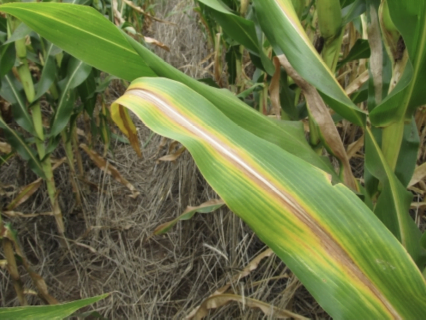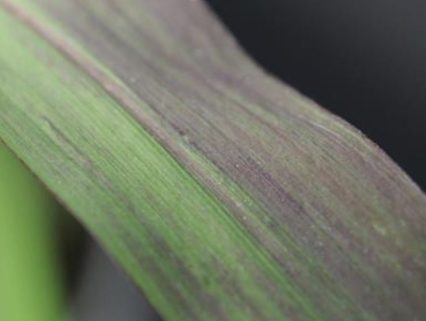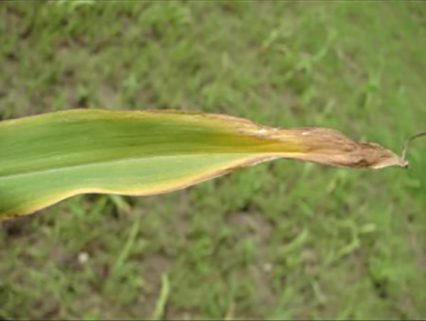It is the most cultivated crop in terms of cultivation area after corn, wheat and paddy. This plant is of great importance for the adequate and economical production of plant-derived proteins. The share of corn in total grain production in the world is 38.1% (FAO, 2014).
How should corn fertilization be?
First, let’s look at the nutrients that corn needs from the soil. Since corn has a long and large vegetative part on the soil surface, its demand for nutrients is higher compared to other plants. The sufficient nutrients along with the use of suitable fertilizer for the structure of the soil should be provided to corn from the beginning of seeding. One of the most important factors in fertilizing is to have a soil analysis before fertilization.
| N | P | K | S |
| 12 kg | 63 kg | 45 kg | 14 kg |




